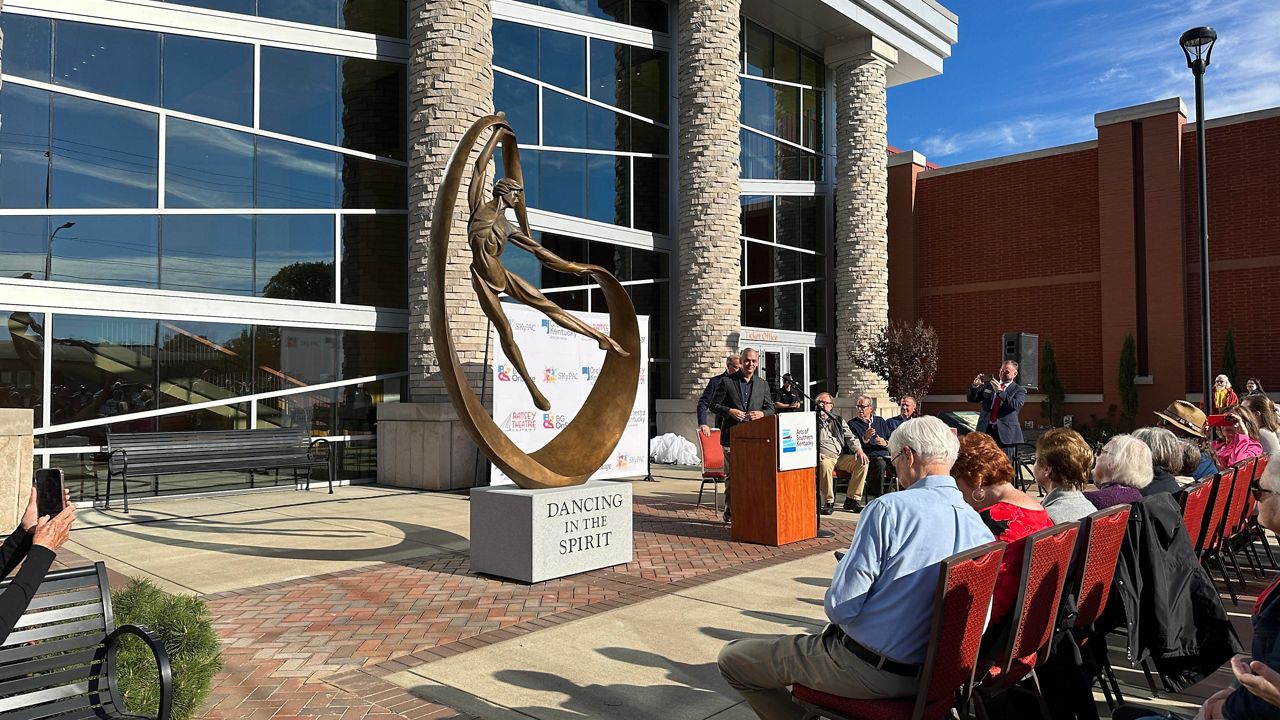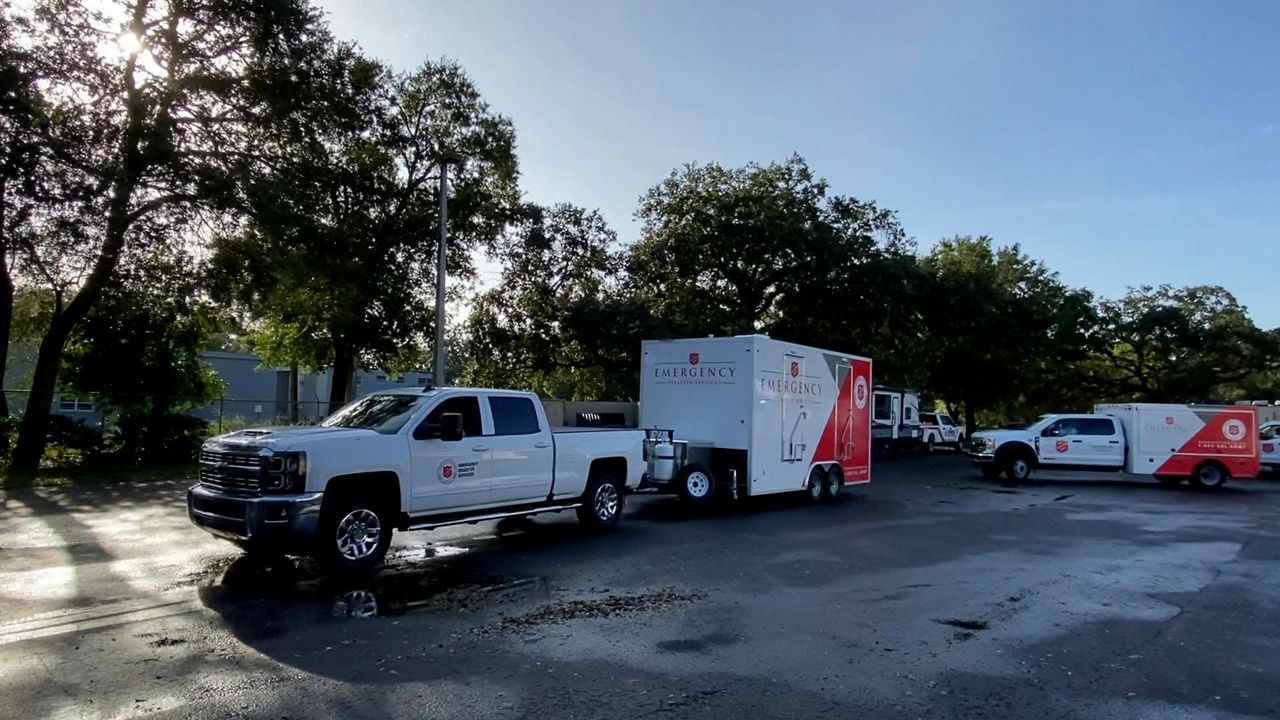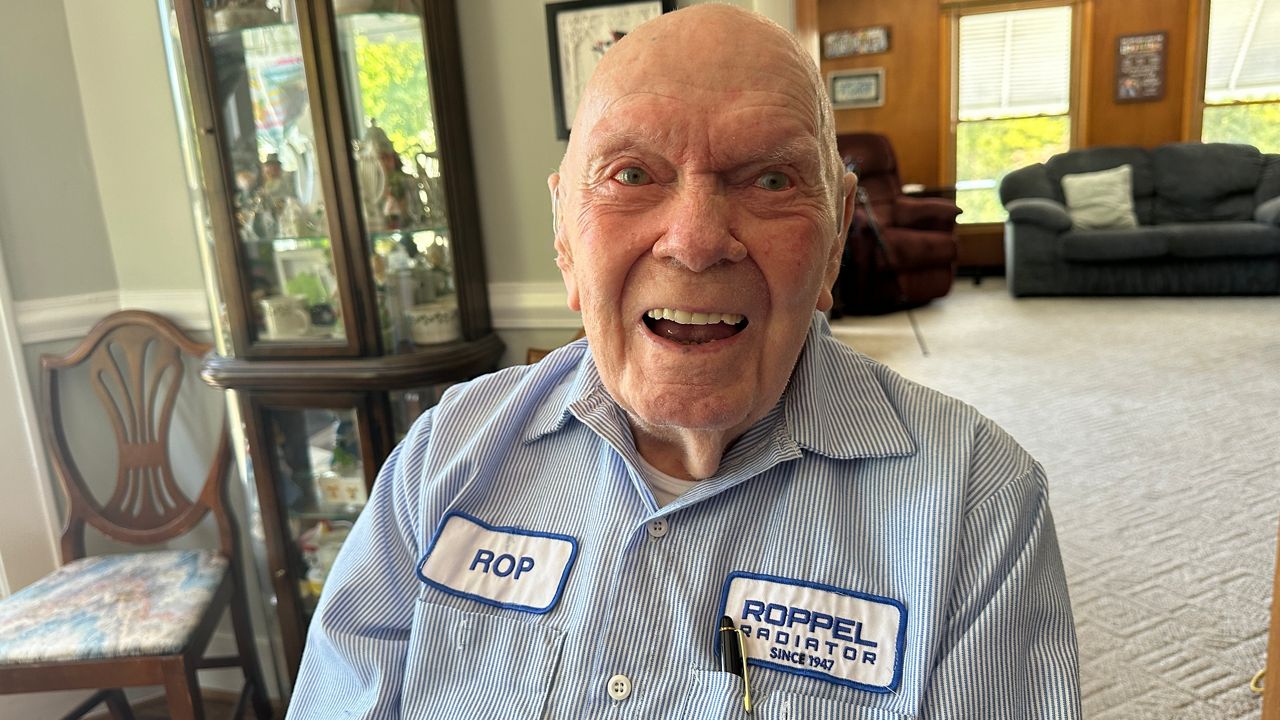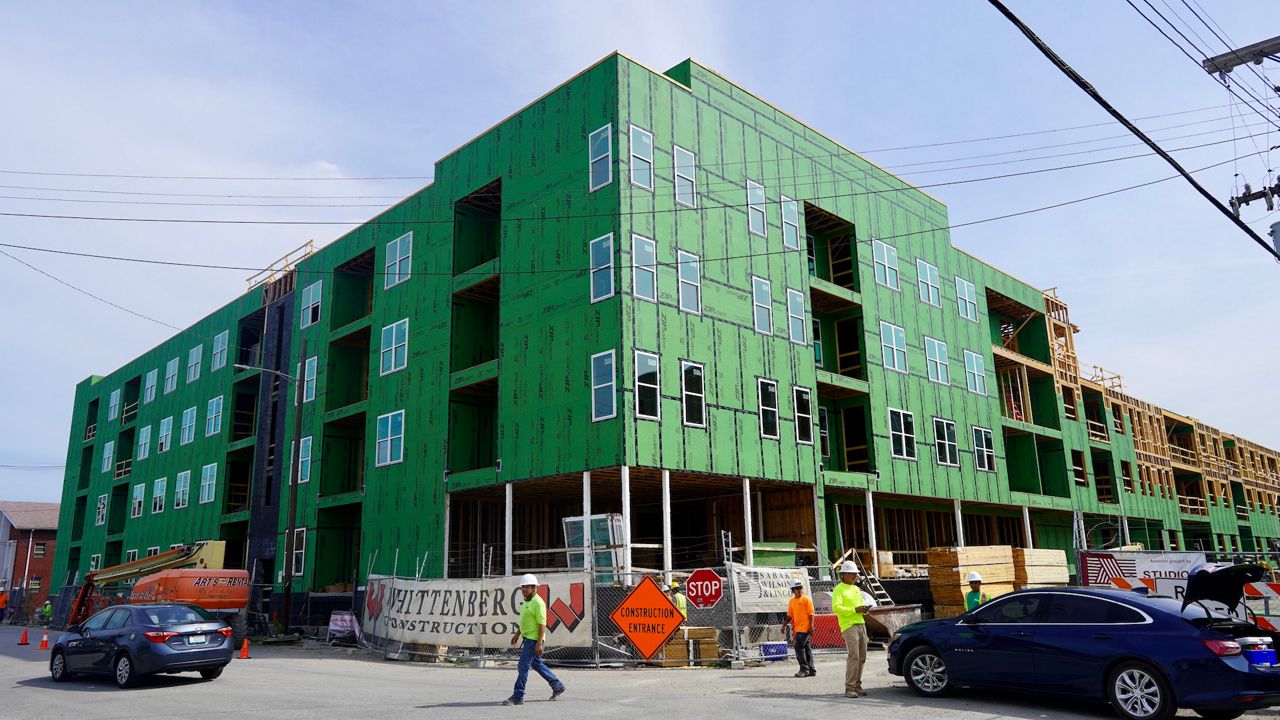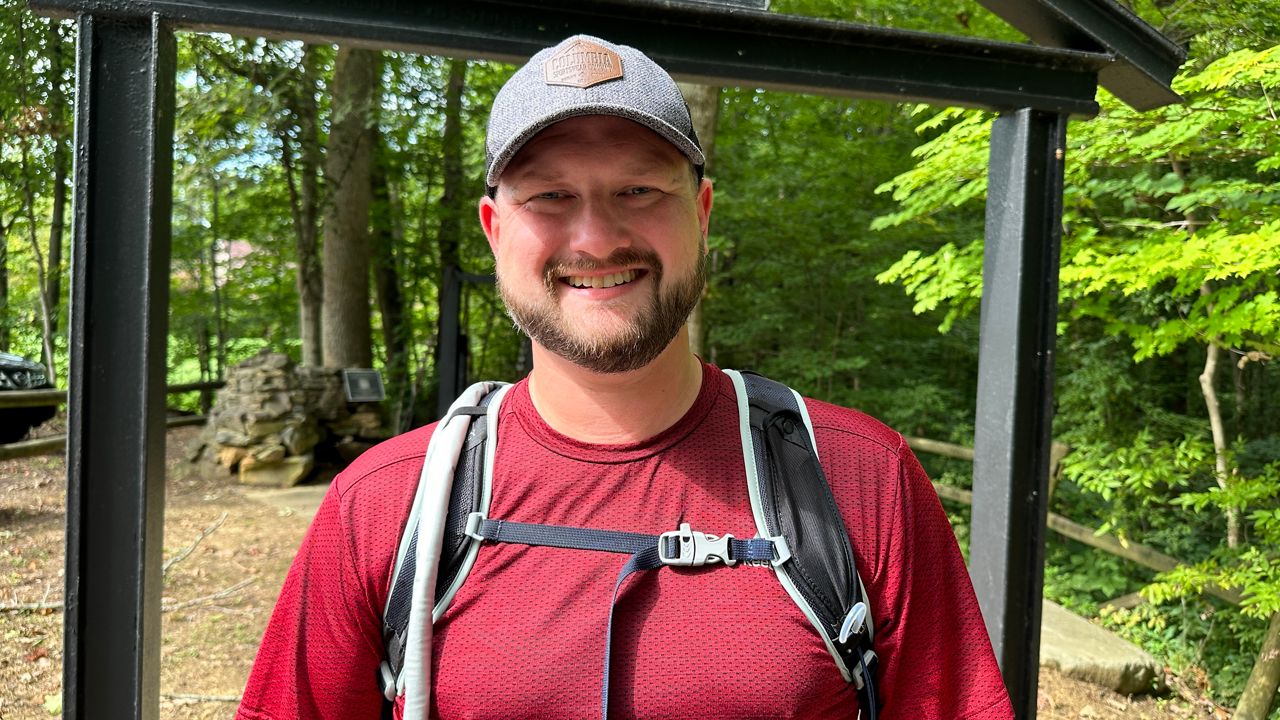BOWLING GREEN, Ky. — Kentucky voters will decide on a proposed change to the state constitution. Amendment 2 seeks to allow the General Assembly to use public tax dollars to finance K-12 schools outside of public school systems.
In the Lisa Rice Library in Bowling Green, school officials from the region gathered to explain why Kentuckians should vote “no” on Amendment 2.
Kyle Estes, the superintendent for the Russellville Independent School District, said, “A ‘yes’ vote, changes the Kentucky constitution, to allow vouchers, a ‘no’ vote means we want to keep public dollars to public institutes.”
Estes said losing funds would devastate public education and would force schools to make some tough decisions.
Estes said, “It’s gonna be a challenge, it’s gonna be, where do you cut?”
According to Bowling Green Independent Schools superintendent Gary Fields, Amendment 2 would cost the state over a billion dollars annually—which could lead to job cuts.
Fields said, “That equals the cost of employing 9,869 public school teachers and employees in our state.”
At a separate event in Bowling Green Tuesday night, supporters of Amendment 2, like former Republican Lieutenant Gov. Jenean Hampton, said the measure would allow school choice for families across the state.
Hampton said, “All it does is free the hands of legislators and teachers to formulate alternate paths for our schools and kids. We need to do something different, because our scores, the reading scores, the math scores are far lower than they should be. The definition of insanity to do something the same and get different results.”
Walter Blanks Jr. is a spokesperson for the American Federation for Children—a group that advocates for families to have more of a say in their children’s education.
Growing up in Columbus, Ohio, Blanks says a voucher program had a big impact on his life and could help other students.
Blanks said, “It’s not hyperbole, because it saved my life. I was surrounded by poverty, crime and low expectations where I lived. If it weren’t for school choice, I definitely wouldn’t be here.”
But Dr. Wendy Duvall, the superintendent for Owensboro Public Schools, disagrees.
She points to other states that have implemented policies similar to Amendment 2 and says that these pieces of legislation mostly help families who are already going to private schools.
Duvall said, “Recent experience of other states shows that a large portion between 65% and 90% of voucher funds go to families who are already enrolled in private schools or who plan to do so. Rather than expanding the opportunities for low-income students.”
While both sides make their case in the final weeks leading up to the election, Kentucky voters will ultimately decide on what’s best for students.






